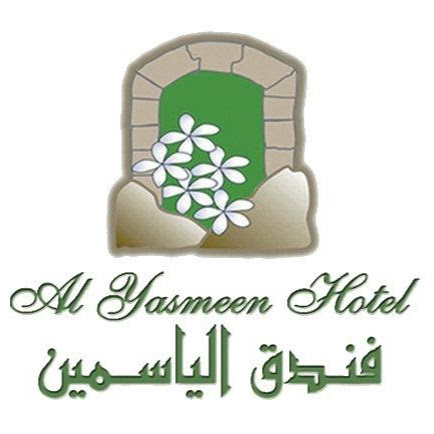Nablus (sometimes called Nābulus) is a Palestinian city in the northern West Bank, approximately 63 kilometers (39 mi) north of Jerusalem, with a population of 134,000. Located in a strategic position between Mount Ebal and Mount Gerizim, it is the capital of the Nablus Governorate and a Palestinian commercial and cultural center.
Founded by the Roman Emperor Vespasian in 72 CE as Flavia Neapolis, Nablus has been ruled by many empires over the course of its almost 2,000 year long history. In the 5th and 6th centuries, conflict between the city’s Christian and Samaritan inhabitants climaxed in a series of Samaritan revolts against Byzantine rule, before their violent quarelling in 529 CE drastically reduced the number of communities in the city. In 636, Neapolis, along with most of Palestine, came under the rule of the Islamic Arab Caliphate of Umar ibn al-Khattab; its name Arabicized to Nablus, and many of its churches and Samaritan synagogues gradually converted into mosques. In 1099, the Crusaders took control of the city for less than a century, leaving its mixed Muslim, Christian and Samaritan population relatively undisturbed. After Saladin’s Ayyubid forces took control of the interior of Palestine in 1187, Islamic rule was reestablished, and continued under the Mamluk and Ottoman empires to follow.
Following its incorporation into the Ottoman empire in 1517, Nablus was designated capital of the Jabal Nablus (“Mount Nablus”) district. In 1657, after a series of upheavals, a number of Arab clans from the northern and eastern Levant were dispatched to the city to reassert Ottoman authority. Loyalty from amongst these clans staved off challenges to the empire’s authority from rival regional leaders such as Dhaher al-Omar in the 18th century and Muhammad Ali—who briefly ruled Nablus—in the 19th century. When Ottoman rule was firmly reestablished in 1841, Nablus prospered as a center of trade. After the loss of the city to British forces during World War I, Nablus was incorporated into the British Mandate of Palestine in 1922, and later designated to form part of the Arab state of Palestine under the 1947 UN partition plan. The end of the 1948 Arab-Israeli War saw the city instead fall to Jordan, to which it was unilaterally annexed, until its occupation by Israel during the 1967 Six Day War.
Today, the city’s population is predominantly Muslim, with small Christian and Samaritan minorities. Since 1995, day-to-day administration is the purview of the Palestinian National Authority, though Israel retains control over entrances and exits to the city. There are three Palestinian refugee camps located around Nablus, established in 1949–50. In the Old City, there are a number of significant archaeological sites spanning the fist to 15th centuries. Regionally famous for its native sweet kanafeh and traditionally well-known for its soap industry, Nablus’ main economic sectors are in industry and commerce.
